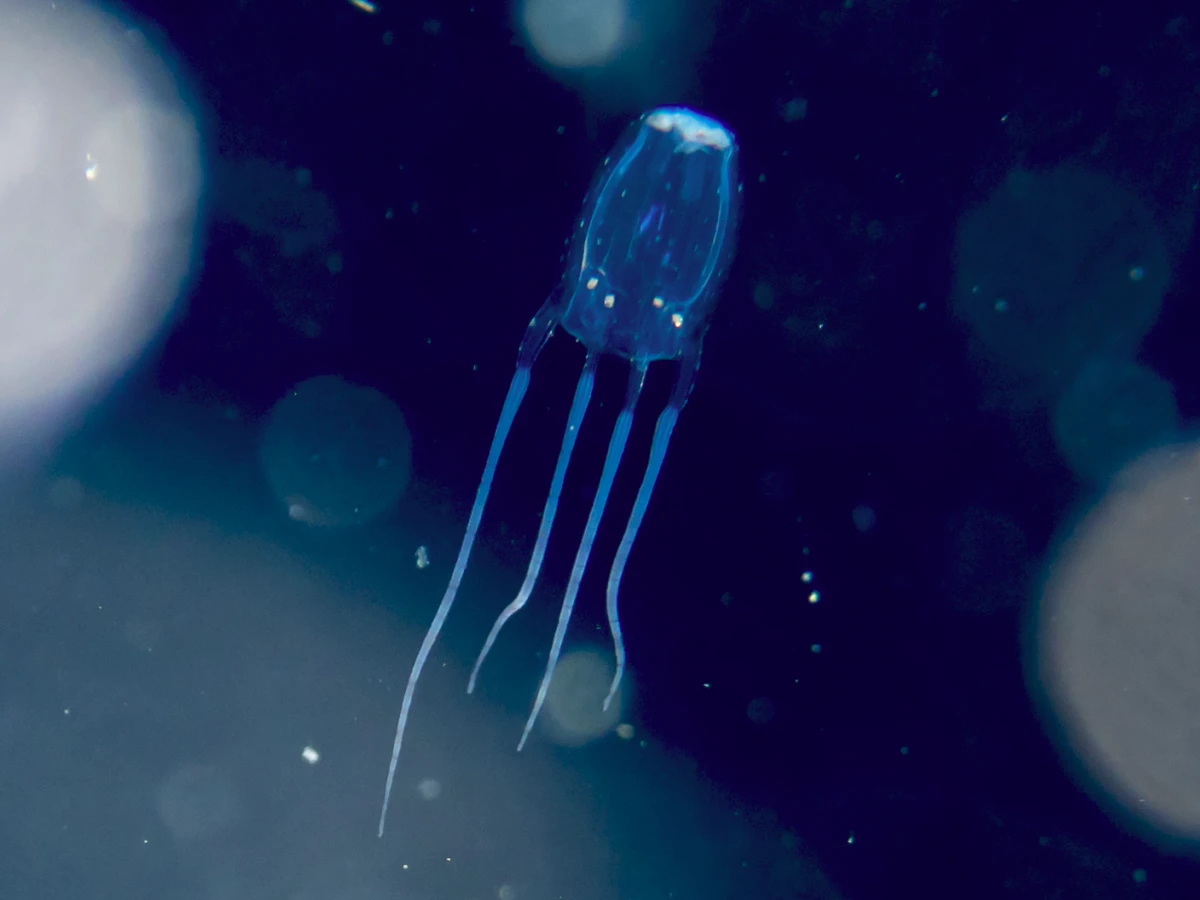Box Jellyfish, also known as sea wasps, are curious creatures that have captivated people for centuries with their unique anatomy and venomous sting.
These creatures are known for their transparent body, cube-shaped head, and trailing tentacles, and they are one of the most vicious marine creatures in the world, capable of causing fatal injuries.

Want to jump ahead? Click below
Overview of Box Jellyfish and Its Unique Anatomy
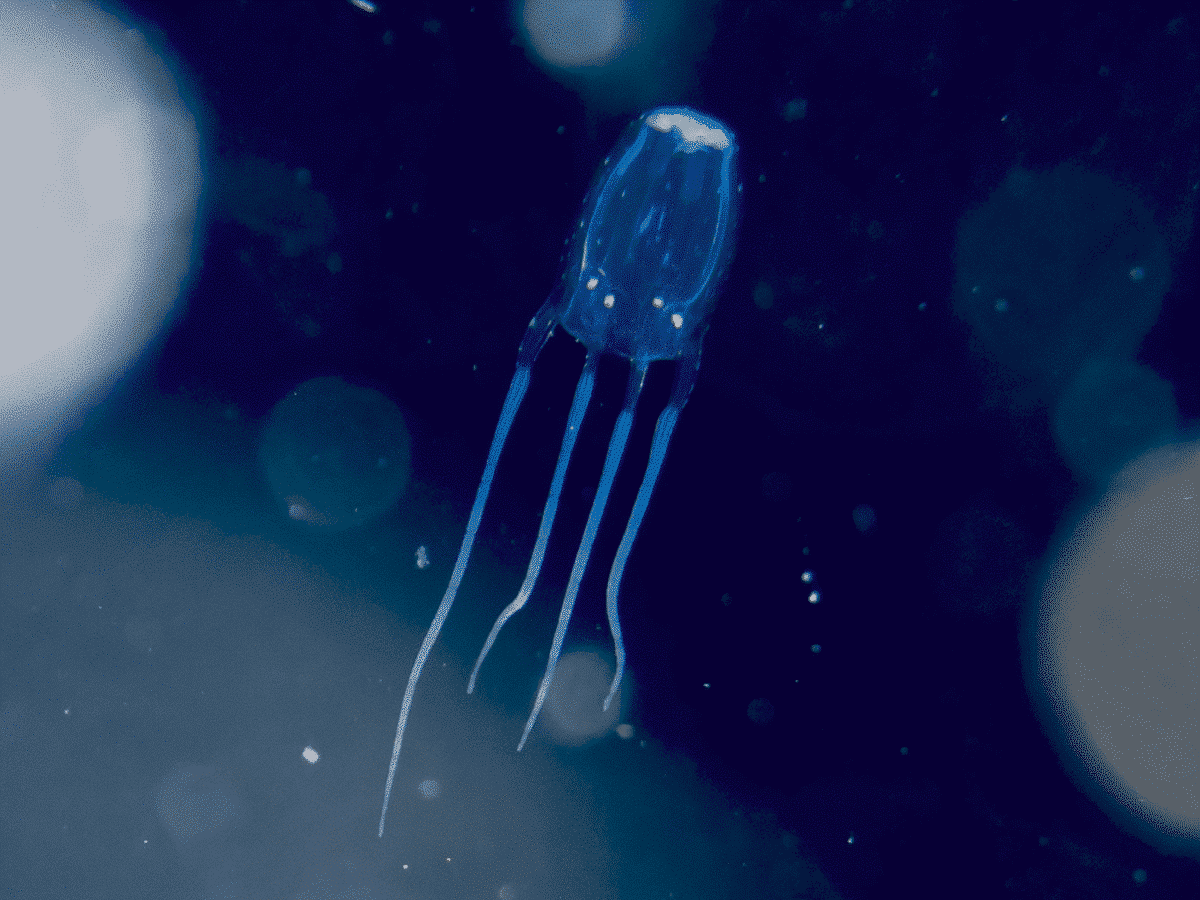
Box Jellyfish have a unique anatomy compared to other jellyfish. They are generally more significant than the different species of jellyfish and have a box-like bell consisting of a thick, fleshy dome, which comes densely packed with tentacles.
Consisting of about 15 tentacles on each corner, the bell can range in color from transparent to blue or purple, and the tentacles can grow up to ten feet long. These tentacles consist of thousands of tiny, stinging cells called cnidocytes, and each cnidocyte contains a long filament coiled inside it.
Upon contact with the skin, these filaments shoot out at lightning speed, releasing venom into the victim. Furthermore, Box Jellyfish have multiple eyes with two clusters of sights along the lower edge of the bell and a central nerve ring around the jellyfish’s body.
With this, they can detect subtle changes in light levels and distinguish between objects’ color and form. Some experts suggest that they can also see the lunar cycle.
Causes of Box Jellyfish Stings
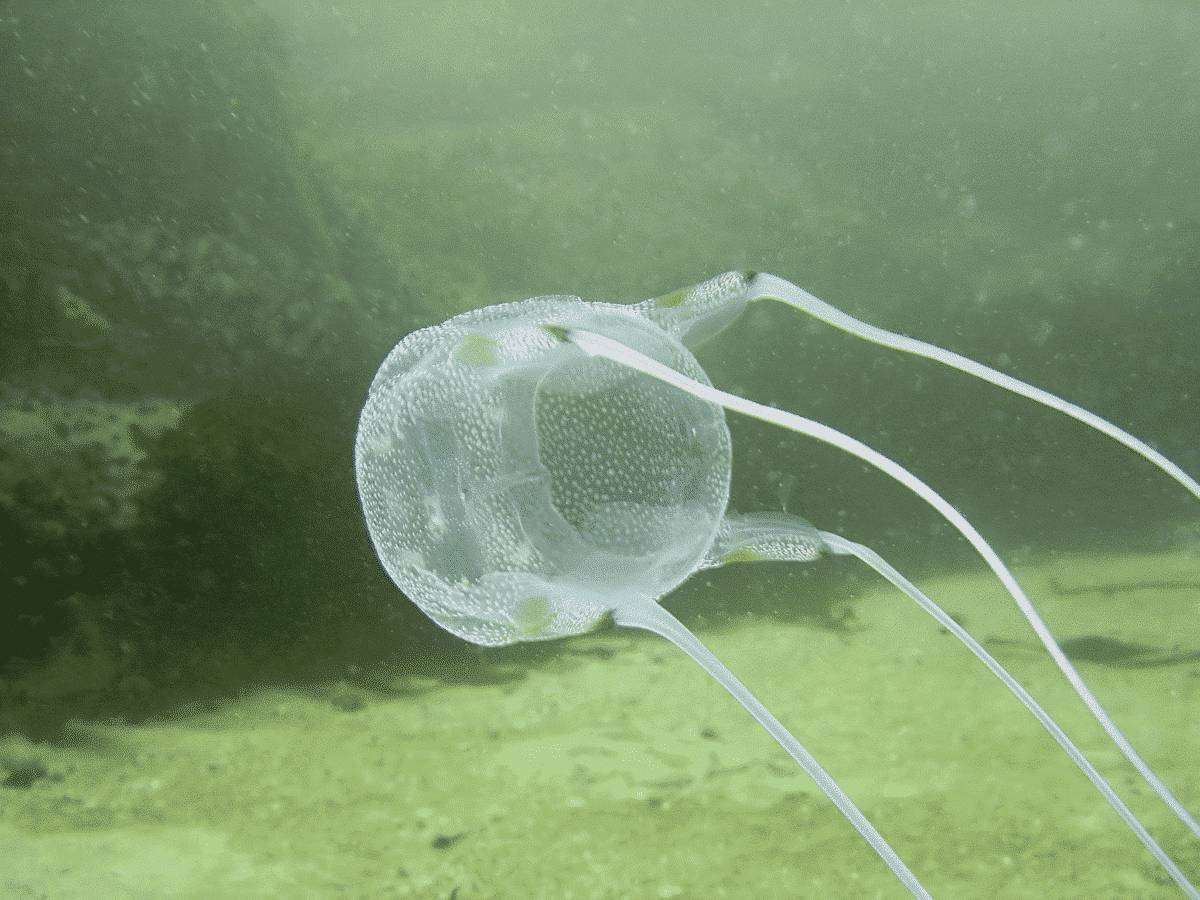
The venom of a box jellyfish can cause intense pain, tissue damage, and in severe cases, cardiac arrest. While some may think that box jellyfish typically attack humans, it is essential to understand that these stings often occur due to human activity in the water.
Environmental Factors
These creatures are most commonly found in tropical waters and are more likely to be present during the warmer months of the year. Additionally, box jellyfish are attracted to light, meaning swimmers who wear bright clothing, use flashlights or swim near illuminated areas are more likely to come into contact with these dangerous creatures.
Human Activity
Human activity in the water can also contribute to the prevalence of box jellyfish stings. Swimmers who splash around or make sudden movements in the water may inadvertently attract box jellyfish and increase the risk of being stung.
Lack of Awareness
Lack of awareness is also a significant factor in the yearly number of box jellyfish stings. Many people are unaware of the dangers posed by box jellyfish and may not recognize the signs of an impending sting. Additionally, some people may need to learn about the proper precautions that should be taken when swimming in waters where box jellyfish are present.
Symptoms, and Diagnosis for a Box Jellyfish Sting
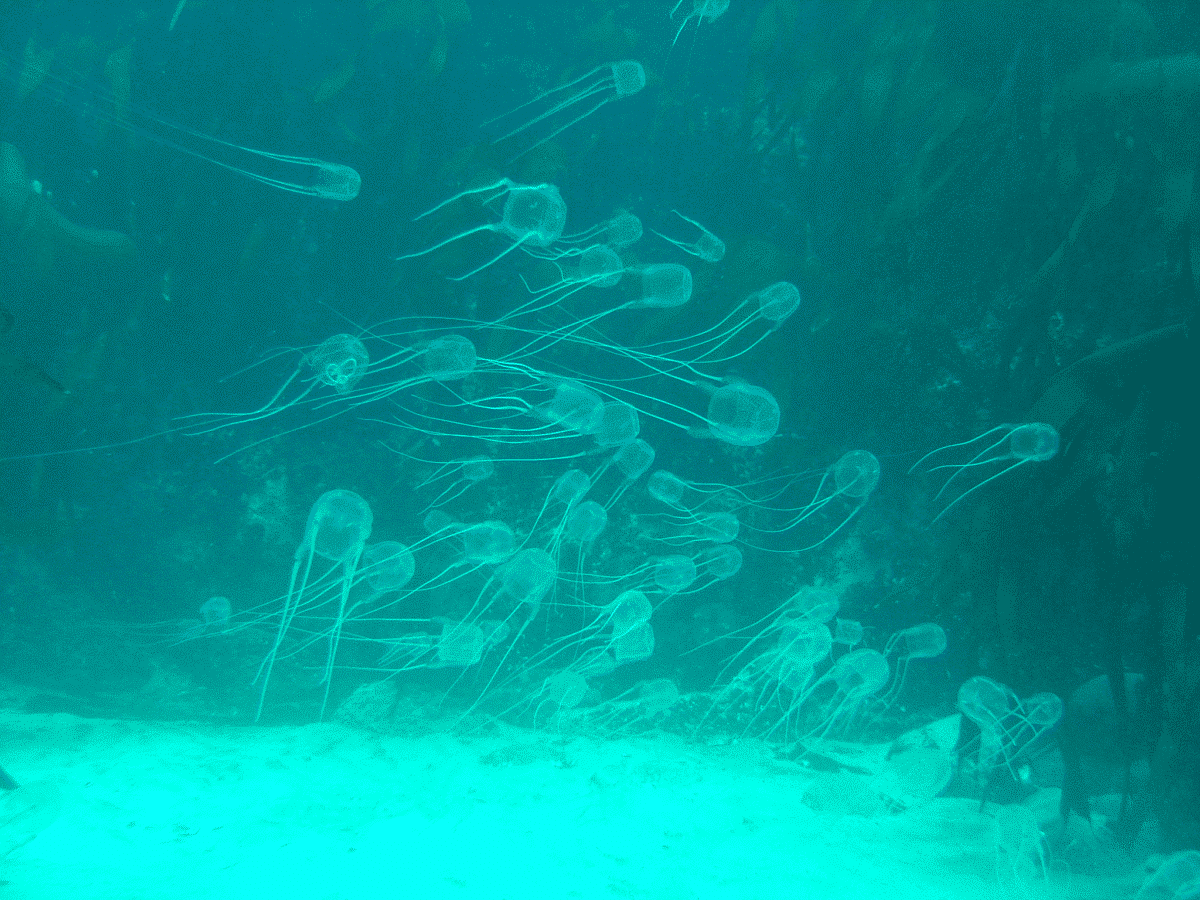
Box jellyfish are infamous for their potent venom and deadly stinging ability. The stings of these aquatic creatures can cause severe pain and potentially life-threatening complications if left untreated.
Symptom
Severe pain is one of the most characteristic symptoms of a box jellyfish sting. The sting site may also show signs of swelling, redness, and blistering. Additionally, victims may experience nausea, vomiting, diarrhea, headaches, and difficulty breathing. Box jellyfish stings can cause cardiac arrest, respiratory failure, and even death in severe cases.
Diagnosis
A doctor or healthcare professional will examine the sting site and assess the symptoms to determine the severity of the injury. In some cases, imaging tests like X-rays or CT scans may be used to detect any underlying damage to the internal organs or tissues.
Also, check out: Sydney Funnel-Web Spider Bite
Tips on Prevention and Safety Measures When Encountering a Box Jellyfish
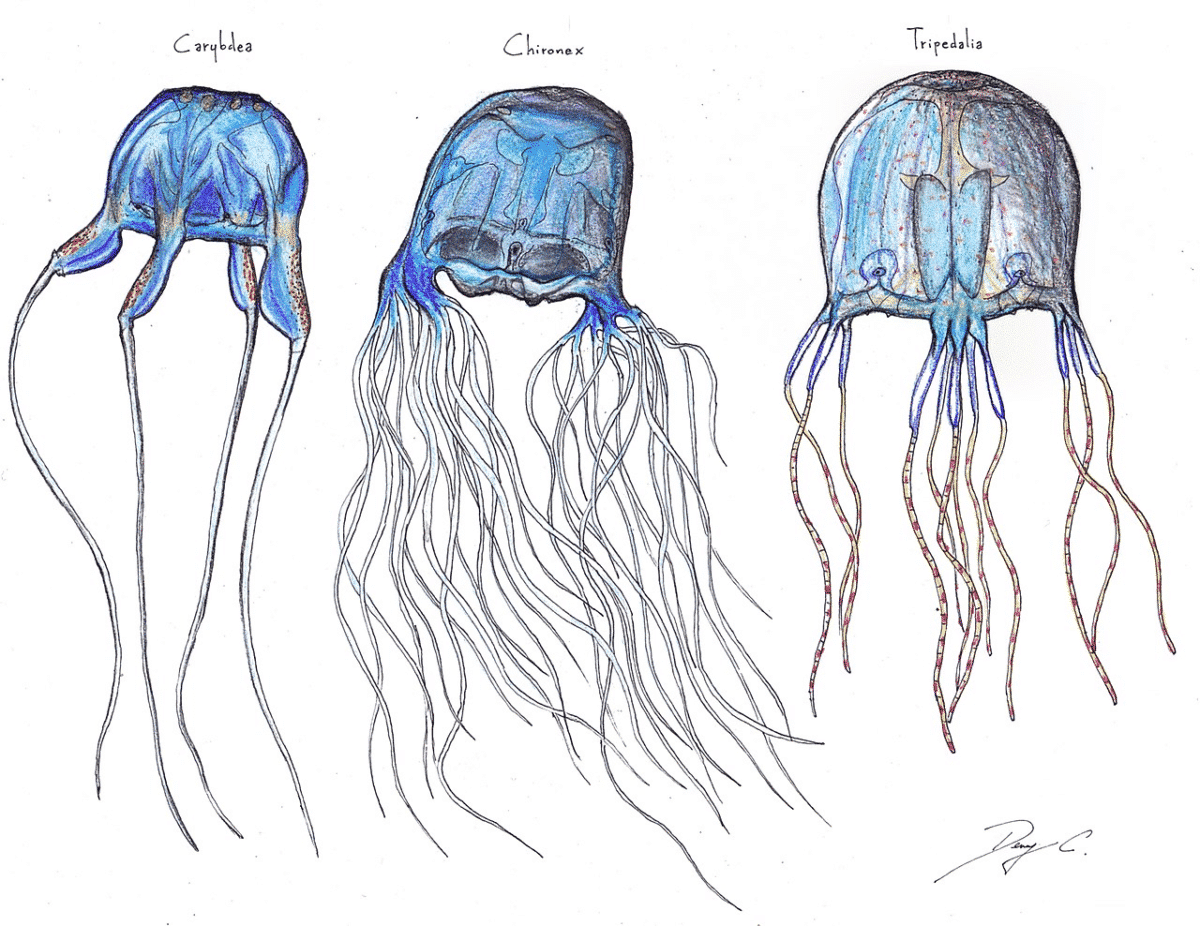
The box jellyfish’s venom can cause severe pain, heart failure, and even death in minutes. Therefore, taking necessary precautions when encountering these deadly creatures is crucial.
Prevention Measures
The best way to avoid a box jellyfish sting is to prevent contact altogether. Consider the following prevention measures before entering the water in areas where box jellyfish are commonly found:
- Know the season:
Box jellyfish tend to be more common during their breeding season, usually from October to May in Australia. Therefore, be aware of the jellyfish season in your area and avoid swimming during that time.
- Cover up:
Wearing protective clothing, such as a full wetsuit or stinger suit, can provide a barrier between you and the jellyfish tentacles.
- Stay alert:
Be aware of warning signs and alerts posted at beaches. In areas where box jellyfish are common, proactive steps are taken to monitor and reduce the risk of stings.
- Avoid swimming at night:
Box jellyfish are known to be more active at night, so avoid swimming during darkness.
Safety Measures
Here are some safety measures you can take if you or someone you know is stung:
– Call for help: Notify a lifeguard or seek immediate medical attention.
– Rinse with vinegar: Vinegar is an effective treatment for neutralizing the box jellyfish venom.
– Remove tentacles: If the jellyfish tentacles are still attached, remove them carefully with tweezers, and wear gloves before doing so.
– Seek medical attention: Even if the pain subsides, seek medical attention immediately as box jellyfish venom can cause significant internal harm, such as cardiac arrest or respiratory failure.
How to Administer First Aid in Case of a Box Jellyfish Sting
If you or someone you know has been stung by a box jellyfish, quick and appropriate first aid is necessary to avoid serious complications.
The first step in administering first aid for a box jellyfish sting is to remove the person from the water if they are still in it. Time is of the essence as the venom can spread rapidly through the skin and lead to cardiac arrest.
Once the person is out of the water, the next step is to remove any tentacles that may still be attached to the skin. These should be removed with tweezers, and the area should be rinsed with vinegar to neutralize the toxin.
The affected area should be rinsed with hot water or wrapped in a hot pack if hot water is unavailable.
Once the hot water treatment has been administered, the person should be given antihistamines and pain relief medication if necessary. It is worth noting that not all box jellyfish stings are the same, and some may require different treatments based on the severity of the sting.
Things to Avoid if You Have Been Stung by a Box Jellyfish
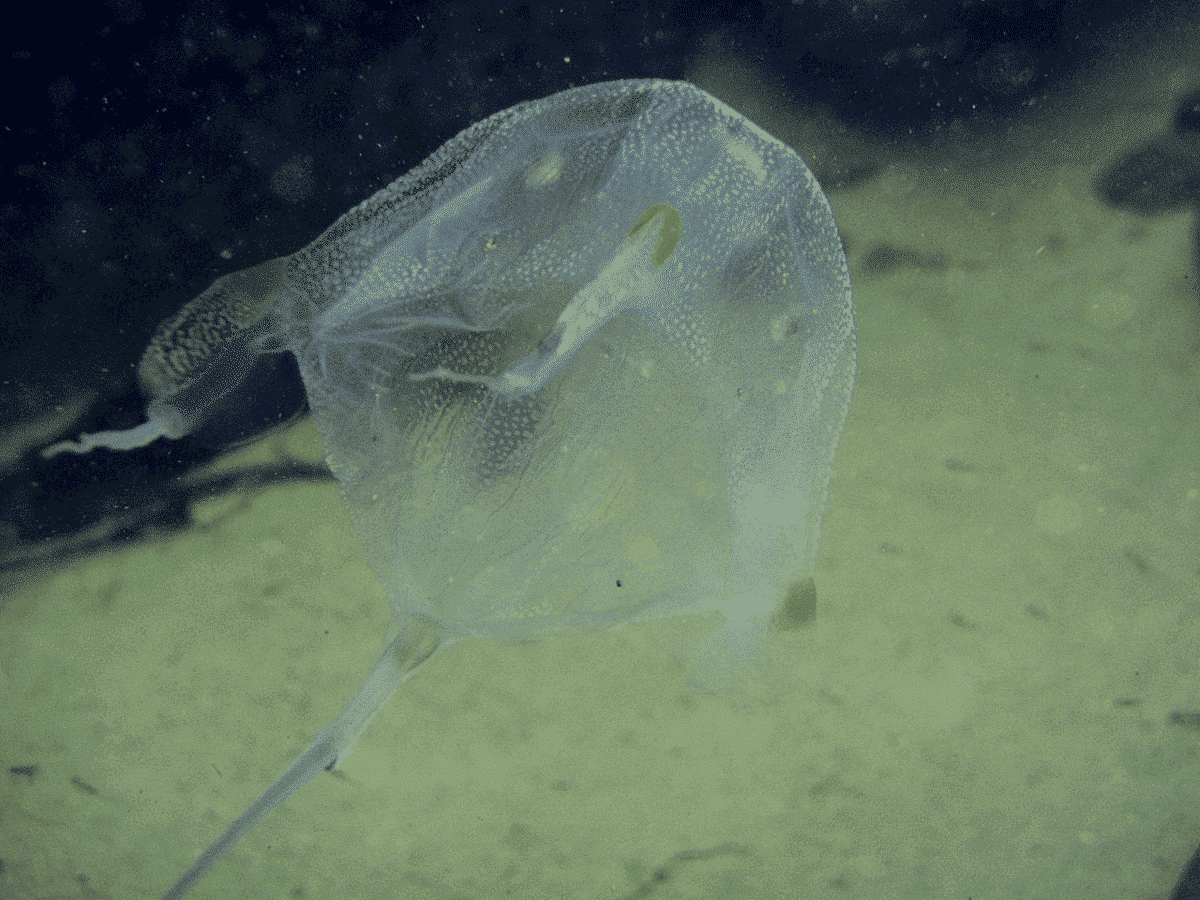
In addition to seeking medical help, there are several things that one should avoid when dealing with a box jellyfish sting.
Do Not Urinate on the Wound
Want to compare it to another animal sting? Many believe urinating on a box jellyfish sting will alleviate the pain and neutralize the venom. However, this is a myth. Urinating on the wound exacerbates the pain and causes further damage to the skin. Instead, the affected area should be gently rinsed with seawater or vinegar to remove any tentacles. The unwanted tentacles may still be on the skin and should be removed through this process.
Do Not Rub or Scrub the Wound
Rubbing or scrubbing the wound can also worsen the pain and spread the venom. The injury should be gently rinsed with cool water. Then soaked in hot water, as heat can help to neutralize the venom.
Do Not Apply Ice to the Wound
Applying ice or freshwater to a box jellyfish sting can also be harmful. Ice can cause further tissue damage, while freshwater can cause the release of more venom.
Do Not Self Prescribe Painkillers
While taking painkillers to alleviate the pain of a box jellyfish sting may be tempting, this should only be done under medical advice. Painkillers can mask the severity of the reaction and delay appropriate medical treatment. Instead, the victim should be transported to the nearest medical facility immediately.
Key Points
| These creatures are known for their transparent body, cube-shaped head, and trailing tentacles. |
| Severe pain is one of the most characteristic symptoms of a box jellyfish sting. |
| The best way to avoid a box jellyfish sting is to prevent contact altogether. |
| If you or someone you know has been stung by a box jellyfish, quick and appropriate first aid is necessary to avoid serious complications. |
| The affected area should be rinsed with hot water or wrapped in a hot pack if hot water is unavailable. |
Wrapping Up with the Box Jellyfish Sting
All in all, box jellyfish stings can cause pain and swelling that could be fatal. It is essential to remember to use preventive protection methods when swimming in the ocean and steer clear of areas populated with box jellyfish.
In case of an accidental sting, it is essential to act promptly and give first aid measures which can help reduce the initial severity of the pain. Never attempt to touch or remove any tentacles stuck in your skin, as this could result in severe effects.
Finally, be aware of possible symptoms that surface later, such as headaches, weakness, and abdominal pains, since these could indicate a nasty sting from the box jellyfish. With mindfulness and safety precautions, you can safely go on beach adventures without incidents involving box jellyfish stings!
Thanks for following along with me! I hope you enjoyed reading about these two exciting animals. Next is Discover the Fastest Peregrine Falcon Dive Speed on Record, Witness the Longest Blue Whale Ever Measured, and Biggest flock of migrating birds ever recorded.
- Watch The Record-Breaking Size of the World’s Largest Pitbull Ever - April 16, 2024
- Watch Hippo Mother Chases Crocodiles To Protect Her Dead Child - April 15, 2024
- Watch Elephants Ask Rescuer To Play Piano - April 12, 2024

